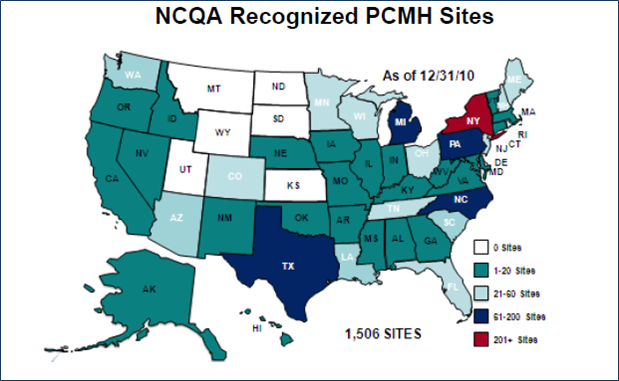Healthcare innovation is an extremely hot topic right now, ranging from the new Center for Medicare and Medicaid Innovation, FDA’s approach to approving therapies and devices, an entire issue of Health Affairs, and of course patient-centered medical homes and Accountable Care Organizations [Patient-centered medical homes are also known as Advanced Primary Care Model practices, and ACOs are a combination of delivery and reimbursement innovations.]
I’ve been working for many years to create value for patients and society by speeding adoption of these types of innovations by clinicians, other providers, patients, payers, regulators, communities, etc., and have found that healthcare innovations have at least three things in common:
- Healthcare innovations occur in steps, with each advance building on the shoulders of what came before
- These stepwise advances also produce indirect benefits that can be greater than the innovation’s direct effects
- Adoption of innovations doesn’t just “happen.”
